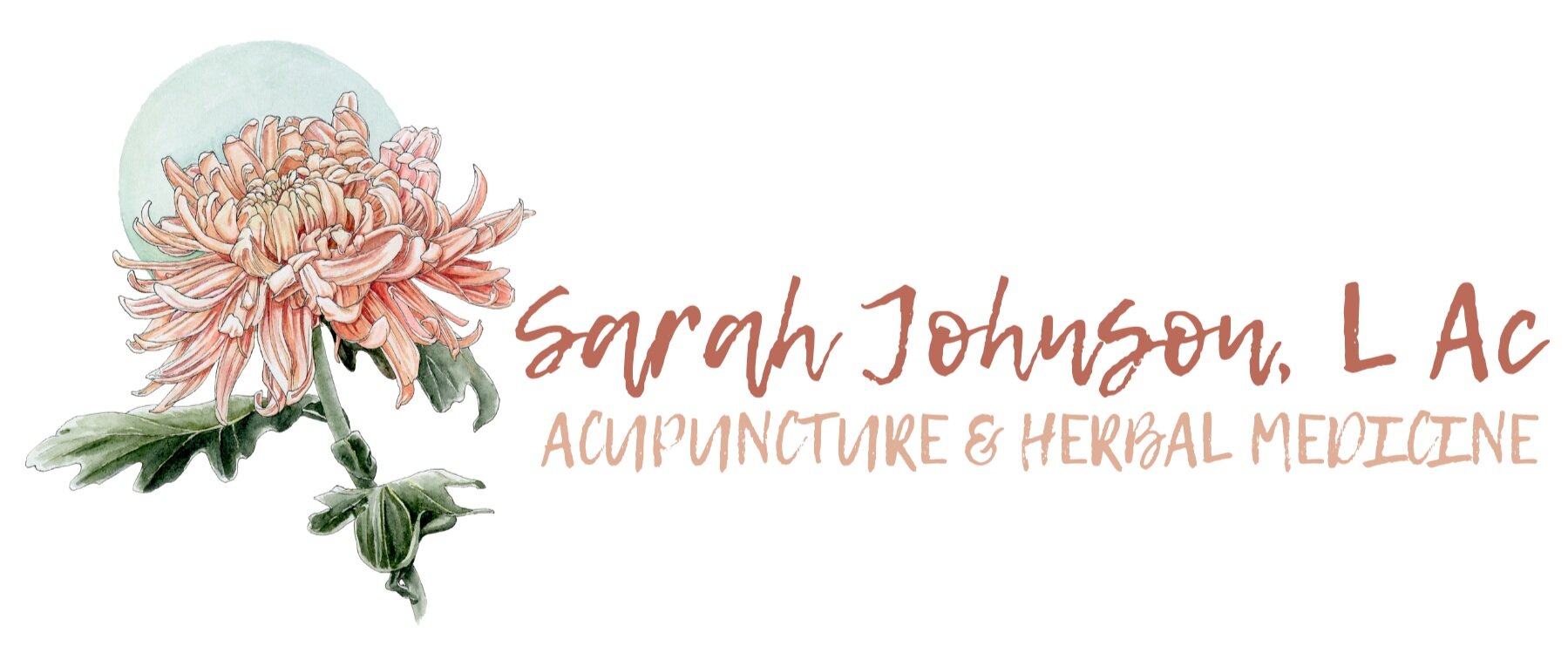Cesarean Delivery & Acupuncture: Prevention, Recovery, & VBACs
Every day, roughly 10,000 babies are born in the United States, and about a third of them are born via Cesarean section. This statistic has significantly gone up over the years putting the rate of C-section around 32 percent when the World Health Organization says that the rate of Cesarean births should be closer to 10 or 15 percent.
While C-sections are preferable in certain situations and undoubtedly necessary in life threatening situations such as placenta previa, in which labor could lead to serious hemorrhaging or cord prolapse which could threaten the life of the baby, it is a conversation whether unnecessary or “non-indicated” surgeries are being performed. Evidence and expert consensus are consistent on the message that C-sections, on average, come with greater risks than vaginal births: more blood loss, more chance of infection or blood clots, and more complications in future pregnancies. Even if serious complications don’t occur, C-section recovery tends to be longer and harder.
The fact is, many cesareans are performed in clinical gray areas where the necessity isn’t totally clear and licensed acupuncturists could be well poised to help reduce the rate of cesareans.
Some of the most common reasons for C-section are these:
Prolonged Labor
Breech Presentation
Fetal Distress
Birth Defects
Previous Cesarean
Chronic Health Conditions
Cord Prolapse
Placenta Previa
Here is how we can help:
Acupuncture to Reduce C-sections
Acupuncture for Prolonged Labor
Labor preparation with acupuncture treatment in the 3rd trimester has been shown to reduce the time of labor as well as lessen the chance of stalled labor. You probably won’t have your acupuncturist at your birth, but acupressure can be utilized by a birth partner during labor to treat delayed or ineffective contractions. Location and administration can be taught by an acupuncturist.
Acupuncture/Moxibustion for Breech Position
An increasingly popular way to turn a breech baby is by using moxibustion on an acupuncture point which is located on the pinky toe. This increases fetal activity and can be done at home after the initial treatment to encourage the baby to go head down. I have found it to be most effective around week 34.
Acupuncture for Cesarean Recovery & VBAC
For people who have had a cesarean, it is ideal to have acupuncture treatment following surgery and before the conception of a second child. This helps to heal scar tissue and increase the possibility of VBAC (vaginal birth after cesarean.) Acupuncture after any surgery helps with pain and quickens recovery all together, but is particularly useful if you are wanting to avoid a second C-section.
When should I come in?
Come in when you are ready. We can start treatment as soon as you are up for coming into the office. I welcome babies in the office. Many of our patients have found it most helpful to bring a support person (partner, mother, mother-in-law, etc) to take care of baby while you get the treatment. You can rest easy knowing baby is close by and tend to baby if they need you.
Starting at 6 weeks postpartum we recommend a series of treatments with a focus on local scar therapy. Needles are placed around the scar itself in a formation often referred to as “surrounding the dragon”. The number of sessions recommended depends on the scar itself and how thick and hard it is. Many folks experience dramatic changes in pain and numbness after just a few sessions.

